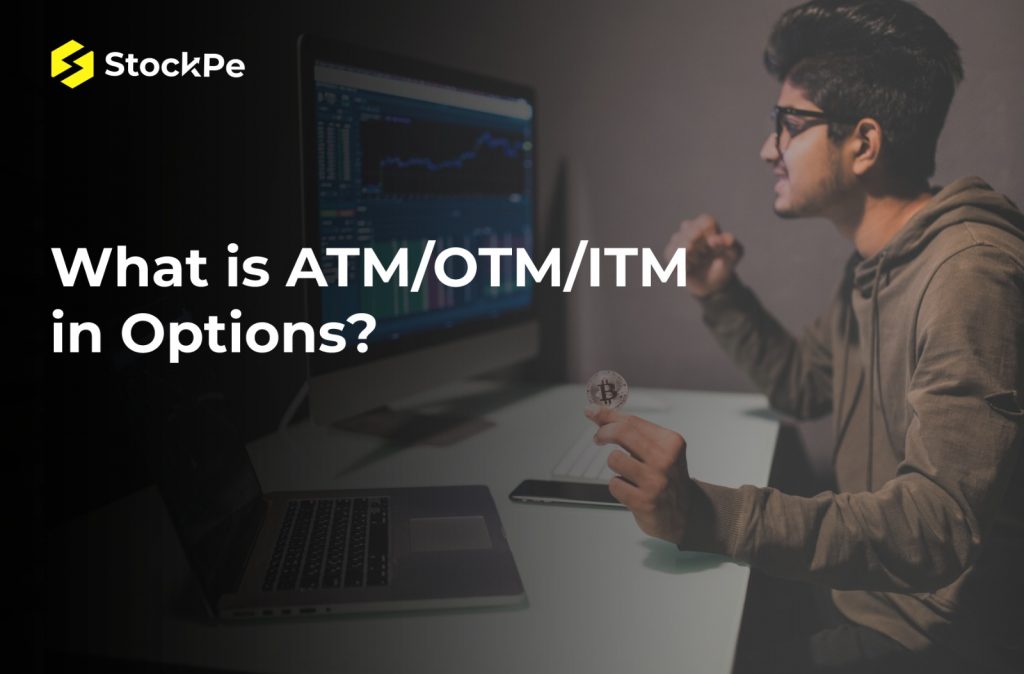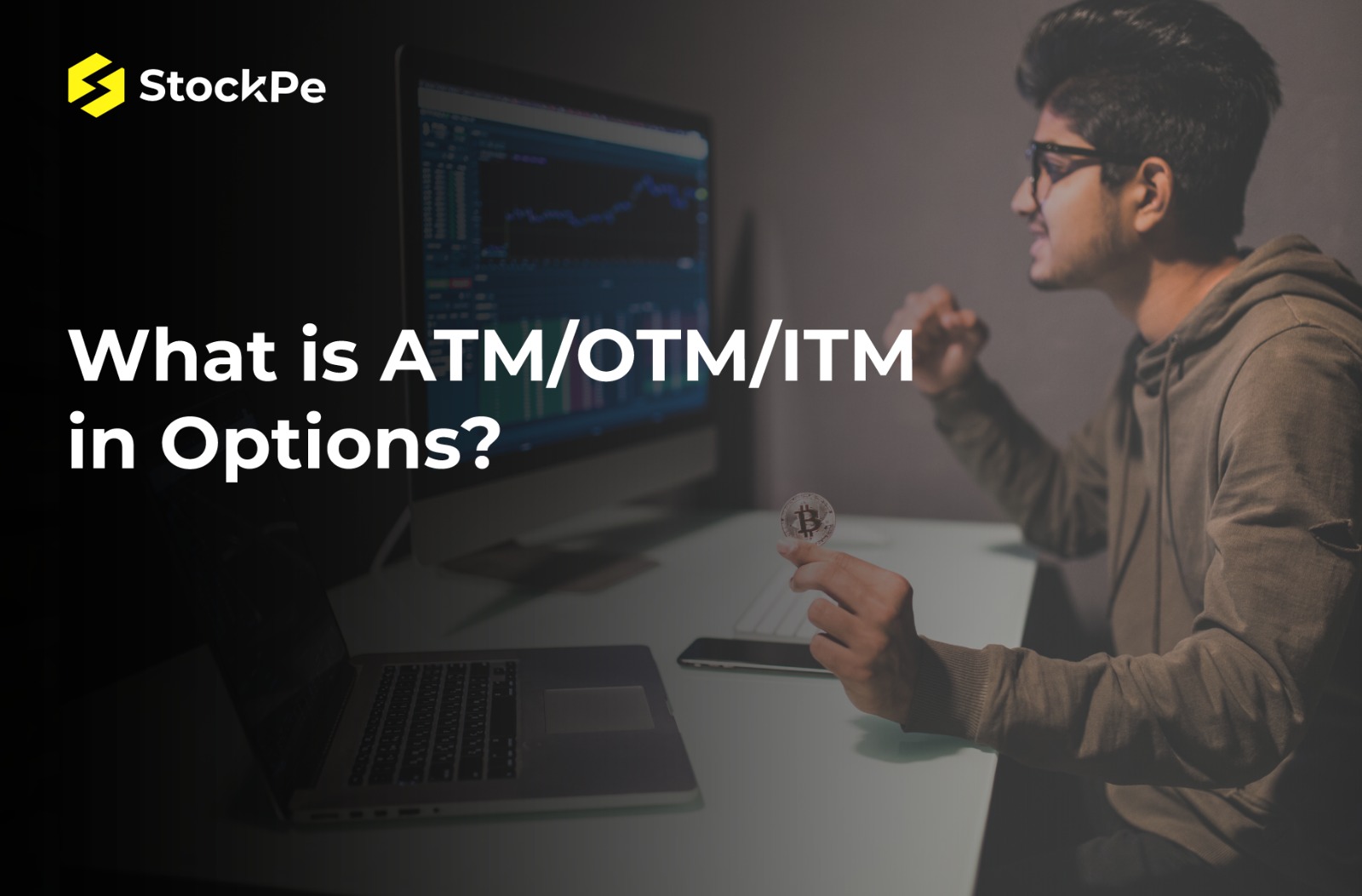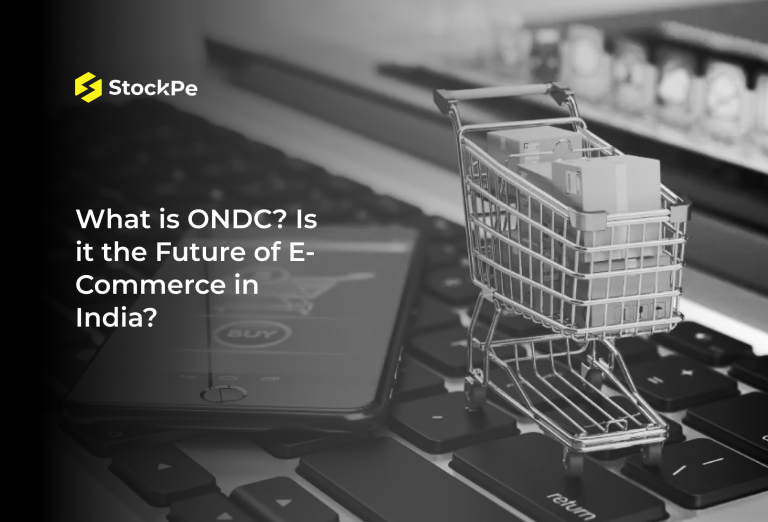Over the past few years, investing in stock markets has become a popular option for millions of investors in the country to grow their wealth at a faster pace than most other available investment instruments. While directly investing in stocks or mutual funds is a great way to make money, investors should note that it’s not the only way they can increase their wealth by participating in stock markets. One alternative is finding increasing adoption among investors in options trading, which is often seen as a riskier investment option. But as everyone knows, the higher the risk, the higher the reward.

What are the Options in Stock Market?
For the unversed, in options trading, an investor doesn’t necessarily directly buy and sell stocks. Instead, the investor gets to buy or sell a contract that enables buying or selling of a stock at a certain price at some point in the future. These contracts are often referred to as options and the future price of the contract is known as the strike price.
Options trading can be used by investors as a hedge against potential losses in stock markets. In other cases, investors simply use these options to make money by predicting a stock’s future performance.
Types of Options in Stock Market
Options are broadly put into two categories: call options and put options. The basic difference between the two is that the call option lets buyers buy a stock at the strike price while the put option provides the investor with an opportunity to sell a stock at the future contract price.
However, to be sure, options trading is a bit more complicated than normal stock trading and requires a deep understanding of stock markets. Therefore, only serial investors usually go for this lucrative investment option with their well-researched strategies.
One crucial part of this journey is to understand all the key terms related to options trading. Of all, At-the-Money (ATM), Out-of-the-Money (OTM), and In-the-Money (ITM) are the key terms that all beginners should get the hang of before putting in their hard-earned money.
The three terms basically describe the relationship between the strike price of an option and the current market price of the underlying asset. To make it easier for beginners in the options market, we are writing this blog which will help them understand the real meaning, significance and use cases of ATM, OTM and ITM in options trading.
What is ATM?
At-the-Money, which is known as ATM, refers to a situation where the strike price of a contract or option is the same as the current market price of the underlying asset. In simple terms, ATM meaning in trading is that the option has no intrinsic value. To be sure, intrinsic value is a measure of an asset’s worth. Simply put, the premium on returns in ATM is totally dependent on its time value. However, there are several other factors that affect the premium in ATM options. These include time to expiration, implied volatility, and last but not least, interest rates.
ATM gives an option an equal probability of the option expiring In-the-Money (ITM) or Out-of-the-Money (OTM). Fret not; We will learn about ITM and OTM later in this blog. Since ATM offers equal probability, it is seen as a neutral option without any bias towards either bullish or bearish sentiment towards the underlying asset. It also means that they are less riskier as they are paying a lesser premium than ITM options.
Example of At-the-Money Options: In ATM options, investors usually make money by selling contracts at a time when the price of the underlying asset goes above the strike price. For instance, an investor goes for a call option at the money when the strike price is $100. If the underlying asset’s price rises to $110, the investor can buy the asset at $100 and sell it at the market price of $110, thus making money in the process.
What is OTM?
Out-of-the-Money which is known as OTM meaning in trading refers to the condition when the strike price is higher than the current market price of the underlying asset if it’s a call option. On the other hand, in the case of a put option, a contract is considered OTM when the strike price is lower than the current market price of the underlying asset.
Like ATM, the premium in OTM cases is entirely made up of its time value, and the option has no intrinsic value. These investments are mostly seen as bearish investments because the underlying asset has to move significantly so that the contract ends in the buyer’s favour before it becomes profitable. It also means that the premiums paid for OTM traders are lower than ATM or ITM options in most cases.
OTM trades let investors put their money in low-cost bets so that they can take a bearish position in the underlying asset. For placing, OTM bets, traders should have the confidence that the underlying asset’s price will remain relatively stable in order to make money via the sale of contracts.
Example of Out-of-the-Money (OTM) Options: Consider a stock trading at $100, but an investor decides to go for the call option at a strike price of $110 because the investor believes that the stock’s price will rise more than the strike price before the end of the expiry of the contract. If the stock’s price goes above $110, the investor can sell the contract for a profit or could buy the stock at $110 and hold into making a further profit in the process.
What is ITM?
A contract is referred to as In-the-Money or ITM when the strike price is lower than the current market price if that’s a call option. In the case of a put option, the strike price has to be higher than the current market price to be considered as an ITM meaning in trading.
In contrast to both ATM and OTM, the ITM option has an intrinsic value which is basically the difference between the current market price of the underlying asset and the strike price of the option.
Also, in contrast to OTM options, ITM contracts are seen as bullish investments, as investors are of the view that the option will expire at a higher price in the case of call contracts.
Further, in the case of ITM options, investors usually have to pay a higher premium in comparison to ATM or OTM options so that they can book a higher profit if the market price of the underlying asset moves in their favour.
Example of In-the-Money (OTM) Options: Let’s assume an investor purchases a call option for a stock, whose current market value is $110, with a strike price of $100. The investor can exercise the option to buy the stock at $100 and then sell it at $110, thus making a profit.
Final Words
For an aspirational options trader, understanding the concepts of ATM, OTM, and ITM is a must before jumping on the bandwagon. By understanding the probabilities and associated risks, a trader can make safer bets in the options market, which is usually considered riskier than the usual stock market.
FAQs
Q1) Which option is riskier, ITM or OTM
Ans: ITM options are less risky than OTM options as they carry intrinsic value and are more likely to expire profitably.
Q2. What is ATM options?
Ans: At-the-Money or ATM, refers to a situation where the strike price of a contract or option is the same as the current market price of the underlying asset.
Q3. What is OTM Options?
Ans: Out-of-the-Money or OTM meaning in trading refers to the condition when the strike price is higher than the current market price of the underlying asset if it’s a call option
Q4. What is ITM options?
A contract is known as ITM options when the strike price is lower than the current market price if that’s a call option.





